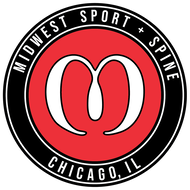|
Photo by Luis Quintero By Dr Khong Lamvichit on July 11, 2020 Fun 2 min read
By Dr Khong Lamvichit on May 15, 2020 Active 3 min read
By Dr Khong Lamvichit on May 8, 2020 Fun 4 min read
By Dr Khong Lamvichit on April 17, 2020 Much Needed 4 min read
By Dr Khong Lamvichit on March 24, 2020 Fun 2 min read
Get Your Back, Back To LifeBy Dr Khong Lamvichit on June 17, 2024 Quick 3 mins Overview The most common reason people go to the doctor or miss work and is a leading cause of disability worldwide according to the Mayo Clinic. This condition is so common, Mayo reported people have this at least once. Thankfully preventative measures and proper body mechanics are able to subdue the beast. Also try not worry, surgery is reported to be extremely rare to treat back pain. Symptoms You might experience these signs and symptoms:
When to see your chiropractic doctor When your low back pain does not improve in 1 or 2 weeks. Check in to see your chiropractic doctor for soft tissue and joint restriction relief. Many rare instances, your back pain will be a serious medical problem. Check into an immediate care facility if your back pain:
You could contact your doctor if your back pain:
Check with your primary care doctor if you start having your first bout of back pain after the age of 50, have a history of cancer, osteoporosis, steroid use, or excessive drug and alcohol use. Causes You could experience 2 common types of low back pain. The common sudden onset of back pain lasting no longer than 6 weeks (acute) or the lesser common gradual back pain lasting more than 3 months (chronic). When back pain develops without a cause then your chiropractic or medical doctor will send you for imaging studies that include x rays or MRIs. These conditions are commonly associated with back pain:
Prevention Thankfully a great way to avoid low back pain or preventing recurring injuries is to improve your physical condition and learning proper body mechanics: Here are ways to keep your low back strong and healthy:
At the end of the day, low back pain ranges from mild to serious. The conditions listed are commonly related to low back pain, but not always the primary causes. According to the economist article published on Jan. 18th, 2020, “$88bn are spent annually on low back and neck pain almost as much as $115bn spent on treating cancer.” Keeping these exercises and preventative measures may not reduce the money spent, but could keep you from spending your money. Continue to attempt preventive measures before going to see your chiropractic or medical physician. References:
Look At This InfographicBy Dr Khong Lamvichit on March 12, 2020 easy 1 min read The World Health Organization Director, General Tedros Adhanom Ghebreyesus, was still hesitant on asserting the COVID- 19 a pandemic; however he warned nations to prepare for the disease to spread. He also added if this virus has the pandemic potential? He answered with a resounding yes as he addressed reporters in the month of February.
I Have A Kink DocBy Dr Khong Lamvichit on February 19, 2020 5mins OverviewNeck pain is extremely common. Neck ligaments and muscles are frequently strained and sprained from poor posture; this occurs during a simply leaning over your desk or turning your head looking into the blind spot of your vehicle. Common conditions related to neck pain could also be Osteoarthritis. Not frequently neck pain is anymore serious then musculoskeletal pain. Definitely seek medical or chiropractic care if your neck pain occurs with numbness or loss of strength in your arms, hands, or if you have shooting pain in your shoulder and down your arm. SymptomSigns and symptoms include:
When to see your chiropractic doctor When your neck pain does not improve in 1 or 2 weeks. Check in to see your chiropractic doctor for soft tissue and joint restriction relief. Seek immediate care if your neck pain was due to a motor vehicle accident, diving accident, or fall onto your head. Contact your chiropractic doctor if your neck pain:
CausesDepending on what source you follow, your head weighs approximately 10-11 pounds. The neck is extremely flexible and supports the weight of your head, thus being vulnerable to injuries and chronic conditions due to muscular pain and joint restrictions. Neck pain cause are:
PreventionNeck pain could frequently be resolved through proper posture exercises. Easy daily activities such as keeping your head over your spine will pay huge dividends into your late years. Here are some new practices you could do to help your neck:
At the end of the day, neck pain ranges from mild to serious. The conditions listed are commonly related to neck pain, but not always primary causes. Continue to attempt preventive measures before going to see your medical or chiropractic physician.
Photo by JESHOOTS.COM Go Ahead, Take 5By Jason Lewis on November 26, 2019 3 mins Exercise Opportunities Are Everywhere, You Just Have To LookWe all know that we need to exercise, but we’re also busy adults with jobs, kids, and other obligations. We all share the same 24 hours in the day. When time is limited it’s often difficult to fit physical fitness into your daily schedule; however, you might be surprised to realize there are opportunities to work your body hiding around every corner. Whether you are at home, at work, or on-the-go, you can sneak some exercise into your daily routine. Use Your KiddosIf you have kids, you know that children have a seemingly boundless store of energy hiding in their little bodies. While you can’t hope to match their endurance, you can use them for inspiration and as workout partners. Go outside and play for half an hour. This will give you an ample amount of aerobic activity on top of fresh air. As an added benefit, you’ll strengthen your relationship with your kids. Make Cleaning A GameAccording to the physician contributors on the ShareCare forum, your least favorite chores might be your fitness salvation. Cleaning the floors, for example, burns nearly 200 calories in half an hour. Sweeping for 10 minutes – 37 calories. A 125- to 150-pound person can scrub away up to 255 calories an hour simply by cleaning the house. Track Those StepsDo you know how much you actually move during the day? You may move around less than you think. Most healthcare professionals recommend getting the equivalent of 10,000 steps each day. If you aren’t currently tracking your movements, there are plenty of tools that can help you do just that. You can download a fitness app to your phone, which in turn allows you to stay abreast of progress, plan goals, and schedule your routine. If your device is older, it may struggle to keep up with newer apps. There are plenty of newer releases available and often special offers through many carriers; sort through your options to find what features appeal to you and what works with your budget. Go Ahead, Take 5You don’t really need an hour to eat lunch, especially if you pack healthy meals to bring with you. Instead, spend the first part of your lunch break on your nutrition needs and the rest on your fitness needs. Find a friend to walk with you or better yet, start an office fitness challenge. SnackNation recommends making it fun by setting shared goals and integrating elements of gameplay, such as providing badges for meeting fitness goals. Keep Your Shoes In HandyOne of the most important things you can do for yourself if you’re pressed for time is to keep a bag handy with workout shoes, clothing, and a towel. Make sure you have everything you need, including orthotics, a carrier to hold your phone and keys, and extra bottles of water for when an opportunity to exercise comes to call. You never know when this will happen. If you’re driving with the family, for example, pull off at a scenic overlook. Many have hiking trails that can help you break the monotony of a road trip while fitting in some precious exercise time. Even if you can only devote 10 minutes here and there to your fitness routine, remember that every little bit helps. Even a few moments walking through the parking lot will provide more benefits to your body than paying for a valet. The point is that there are opportunities, you just have to look for them, and be ready to pounce when they present themselves.
Photo by Indian Yogi (Yogi Madhav) How Do You Squat Bro?By Dr Khong Lamvichit on October 23, 2019 4 mins Over and over again I am in my athletes' ears about fixing their squat mechanics. They will go to sleep hearing sounding voices affirming "butt-back", "peel-the-carpet", "hip-turnouts", or "core-brace". All of which are equally important with proper squat mechanics to prevent lower back pain.
|
Tweet What!Dr. Khong Lamvichit DCChiropractic, Physical Therapy, Nutrition, and good Sports Rehab all lead to one thing. Movement-Strength-Stabilization Archives
December 2024
Categories
|
Privacy Policy
Terms & Conditions
Merchant Agreement
Telemedicine Business Associate Agreement
Contact Us
Midwest Sport and Spine Inc., Chicago, IL
Phone (appointments): 312.397.1179
Phone & Fax (general inquiries): 312.397.1179 & 312.253.4453
Location: 434 W Ontario St, #310, Chicago, IL 60654
MSS TEAM
THERAPIES
LOCATION
COMMUNITY
MSS NEWSFEED
FAQ
PAY INVOICE
Copyright © 2022 Midwest Sport and Spine Inc. All Rights Reserved. Our Chiropractic Chicago Location
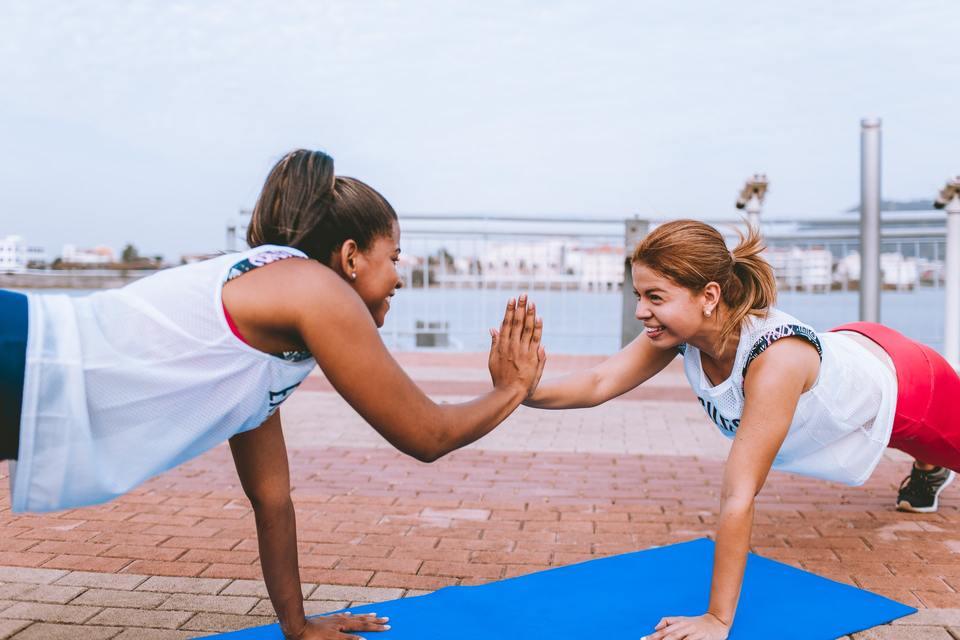



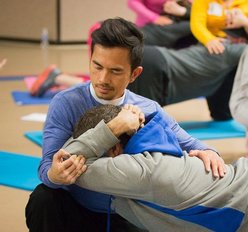
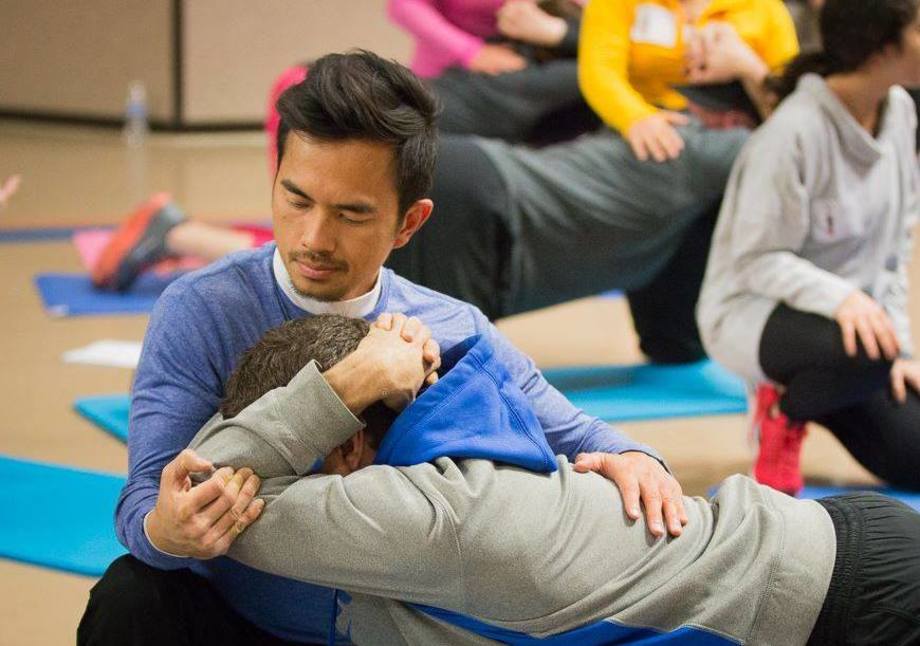



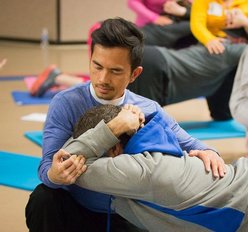








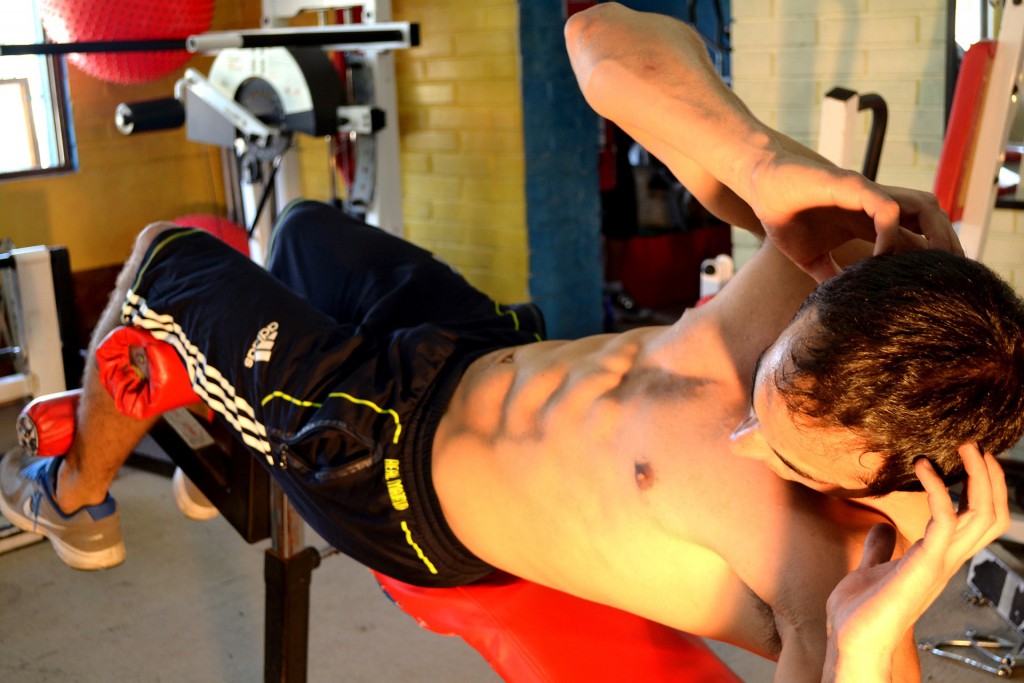
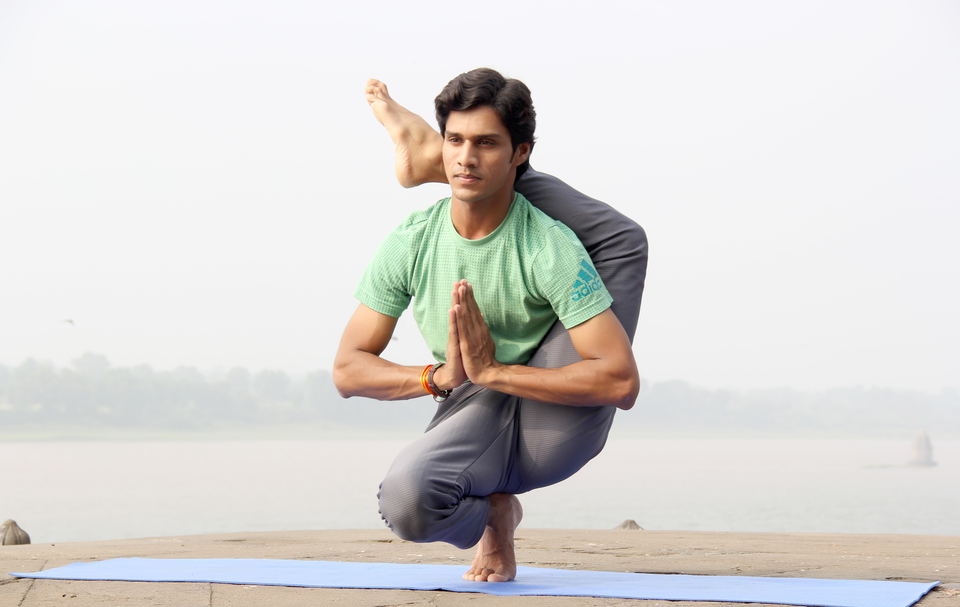

 RSS Feed
RSS Feed











